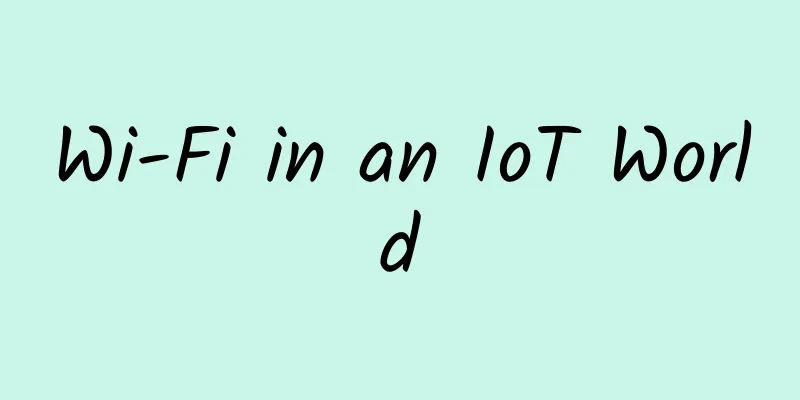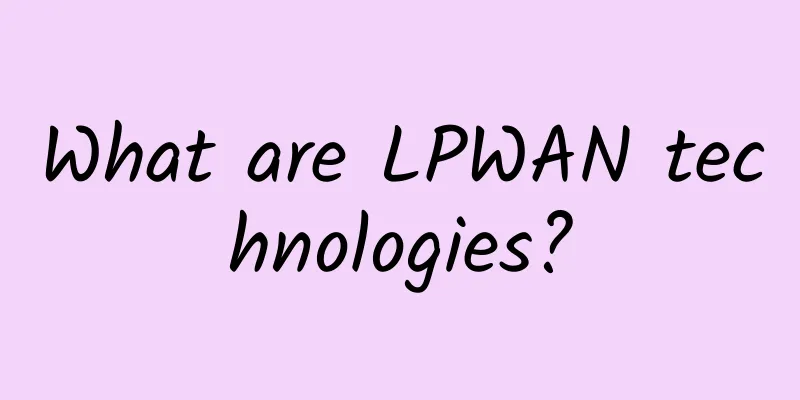Wi-Fi in an IoT World

|
We’ve written quite a bit about Wi-Fi, but what I’ve noticed lately is that almost everyone is talking about NB-IoT, LTE-M, LoRa, Sigfox or BLE, ZigBee, Z-Wave, so I’m like, what’s up with Wi-Fi?
As we wrote in a previous article, the AC version of Wi-Fi can deliver speeds of over 1 Gbps, but its range is usually limited to less than 100 meters. In addition, there are new Wi-Fi standards being developed for the IoT: Wi-Fi Halow (802.11ah), which was released in the fourth quarter of 2017, and HEW (802.11ax), which is expected to be finally officially released in 2019. Of course, Wi-Fi cannot compete with the wide-area coverage provided by low-power wide-area networks (LPWANs), and it is also losing its advantage over mobile networks in terms of indoor coverage (houses, buildings). In addition, multinational companies are actively promoting IoT deployment. From this perspective, if you are a vendor or developer and do not want to worry about network connectivity anywhere in the world, in cities or rural areas, in the wild or underground, then Wi-Fi will definitely not be the preferred solution for IoT development. Furthermore, all IoT market studies highlight security as a major issue, which worries end users the most when it comes to IoT implementations. Wi-Fi systems have also had problems when it comes to security – just remember the Key Reinstallation Attack (KRACK) or look at some of the widely used Wi-Fi hacking devices. Since this is a known weakness of Wi-Fi networks, they addressed this issue by developing HotSpot 2.0 which focuses on protecting the 802.11 radio interface, thus providing the same level of security as mobile networks. Of course, mobile networks are not completely secure, but mobile network operators cannot afford network outages or user data theft, so they do have some dedicated teams to deal with these issues. For IoT solutions using Wi-Fi connectivity, coexistence issues with LTE-U and other unlicensed cellular technologies operating in the same frequency bands as Wi-Fi may still be an issue. However, not everything about Wi-Fi is so bleak. It is a mature technology and is widely used in our homes and offices, so it will definitely exist for a long time. When it comes to IoT applications, Wi-Fi will mainly appear as part of smart home solutions (for home appliances, entertainment and lighting) and consumer devices, and both markets are very huge. (Source: IoT Home) Halow (there are no commercial Wi-Fi Halow access points or routers on the market so far) and Hew (802.11ax) will bring new Wi-Fi potential to the IoT, but they will first have to compete with other connectivity solutions in the same market. |
<<: In the 5G era, what sparks will cloud computing and 5G create?
>>: Inventory | 7 major acquisitions in the cybersecurity field recently
Recommend
Wu Jianping: IPv6 is an important development opportunity for the next generation Internet to expand network space
On December 7, the GNTC Global Network Technology...
DogYun (Dog Cloud) May 1st promotion: 30% off on Dynamic Cloud, 20% off on Classic Cloud, 100 yuan off per month for dedicated servers, and up to 50% off on Lucky Wheel
DogYun (狗云) released a discount plan for the May ...
What is Software Defined Networking (SDN)?
SDN is the abbreviation of software defined netwo...
Telenor launches 5G network in more than 60 locations in Bulgaria
Telecom operator Telenor has officially launched ...
Learning and remembering: RPC framework calling process
Introduction to RPC RPC is the abbreviation of Re...
Internet of Things in 2018: Application scope is getting wider and wider, and NB-IoT will take the lead
Currently, 5G and the Internet of Things have bec...
ProfitServer Spanish VPS is now 50% off, with unlimited traffic KVM starting at $2.88 per month
I received an email from ProfitServer, saying tha...
Discussing the future of TOSCA and NFV
Standardization and unification have great advant...
CNNIC releases the 49th "Statistical Report on Internet Development in China"
The China Internet Network Information Center (CN...
How does user-mode Tcpdump capture kernel network packets?
[[422515]] This article is reprinted from the WeC...
Google reports: CBRS deployments doubled from March to April
Google says demand for 3.5 GHz Citizens Broadband...
How does network automation simplify network operations?
In today's rapidly evolving digital environme...
IPC Streaming Media Transport Protocol (Part 2) - SRT
1. The past and present of SRT SRT is the acronym...
Communication styles in microservices architecture
In a microservices architecture, communication is...
HostDare: CN2 GIA line CSSD series 15% discount from $30/year, CKVM series 10% discount from $45/year
HostDare continues to offer discount codes for CN...









